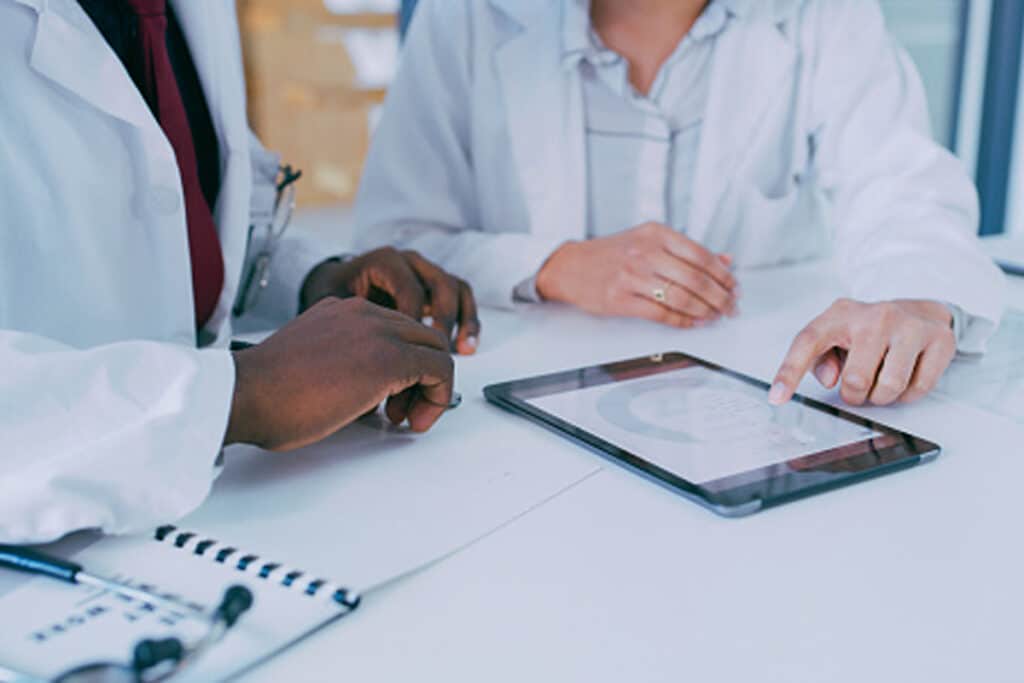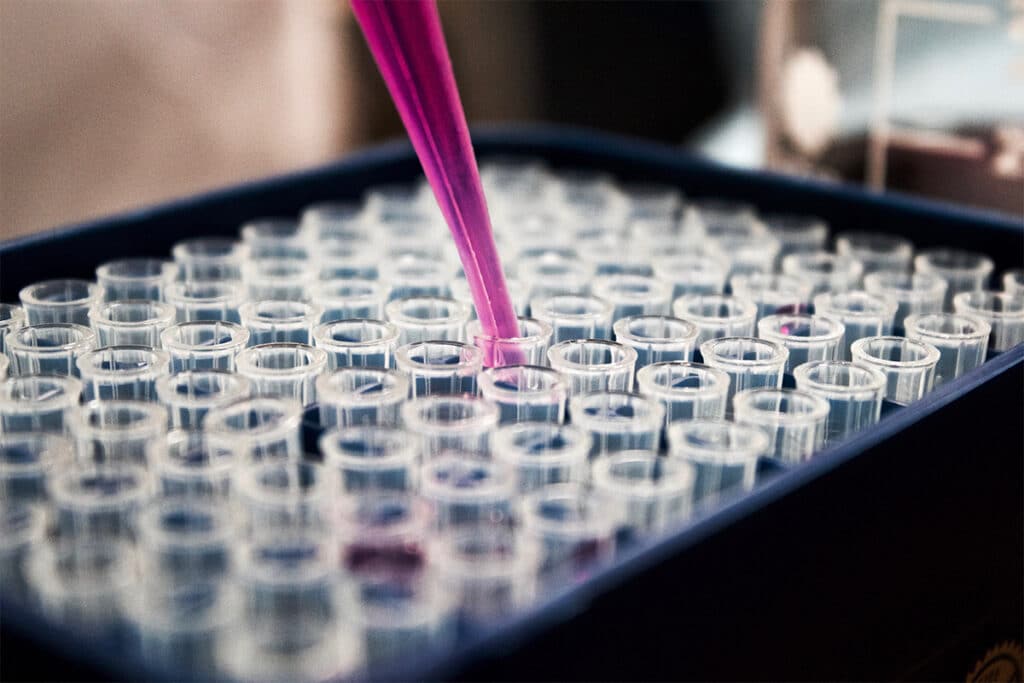The APDP brings together the UK’s expertise and resources in pain research, across disciplines, across its world class academic institutions, industry and people with lived experience of chronic pain. The APDP’s are world leaders in their fields. They have come together within APDP to solve the problem of chronic pain. Our Pain Research focuses on:
- what causes chronic pain?
- what can worsen it?
- what prevents it from improving?
- how will we be able to solve the problem of pain?
Our combined resource provides a platform from which we, and collaborators across the world, can make step changes in understanding what pain is, what causes it and how it can best be relieved. Only by working together can we solve the problems of pain.

Lived experience
People with lived experience of chronic pain are at the heart of the APDP. They bring to the APDP their unique expertise in understanding the experience and consequences of pain and its management. All research across APDP incorporates Patient and Public Involvement, using diverse methods appropriate for specific research questions and methods, and benefiting from the diverse membership of the APDP community.
Clinical trials
New treatments are introduced into clinical practice if there is scientific evidence that they are better than other treatments already available. APDP experts in randomised controlled trials and systematic literature review are providing this evidence. APDP works closely with the NIHR Translational Research Collaborations (TRCs). TRCs bring together NHS infrastructure to support the UK’s large scale, multicentre clinical trials.
The psychology of pain
Chronic pain is an emotional as well as sensory experience, affecting and exacerbated by how we think and feel. Understanding how the brain works at its highest level forms the bedrock of APDP consortia and projects. APDP’s CRIISP consortium combines psychological research from the Universities of Bath, London (University and Royal Holloway Colleges), and the West of England.
Neuroscience
Pain happens when signals to the brain indicate or seem to indicate tissue damage. APDP neuroscientists are unravelling the complex pathways through which these signals travel in nerves, spinal cord and within the brain itself. Our neuroscientists can model the signalling that produces pain within the laboratory. They are using these models to develop new treatments. They employ specialist techniques that enable nerves to be grown and manipulated in the laboratory, techniques that measure electrical and chemical signals, that dissect the molecules within nerves that determine whether or not signals are transmitted, amplified or blocked. We have expertise in using animal models in humane ways to develop new and better treatments. Together, we develop new approaches to suppress or switch off pain signalling.
Clinical understanding of conditions associated with chronic pain
APDP brings together clinical specialists in pain, rheumatology, orthopaedics, gynaecology, paediatrics, oncology and other disciplines including medicine, surgery, primary care, physiotherapy, psychology, and nursing. APDP works with the NIHR Translational Research Collaborations, creating a network research active clinicians and National Health Service facilities across the UK. This combined resource enables data collection and recruitment to clinical trials, and provides expert insights into how novel interventions might be delivered to provide real benefit to patients.

Epidemiology and cohorts
APDP researchers have a wealth of expertise in real- world evidence provided by people with lived experience of pain, often over many years. These cohort research studies are hosted by Universities across the UK, including Nottingham and Oxford. They provide a rich resource of prospectively collected information and biosamples (e.g. blood) to help us to better understand pain. Our cohorts also provide a resource for recruitment into other studies. They provide opportunities for research participation, and help us answer questions about particular diagnoses or other specific pain characteristics.
Pain in childhood, adulthood and older age
Chronic pain does not respect age. APDP researchers have expertise across lifespans, addressing the unique and shared pain mechanisms in children, adults and in older age. We have expertise in defining risk factors in early life that might predict poor pain outcomes in adulthood. Our broad expertise across multiple medical conditions allows us to investigate why multimorbidity is so closely associated with pain, and to solve the difficulties for managing pain in people with several medical conditions. We have expertise in assessing pain in people with communication or cognitive difficulties, for example, at the extremes of life.
Societal aspects of pain
Although pain is a personal experience, the problem of pain affects and is influenced by the broader society. APDP’s social scientists dissect the key social factors underpinning chronic pain. APDP undertakes research for the good of society as a whole, including for seldom heard or otherwise disadvantaged groups. Diverse individuals with lived experience of pain highlight specific issues experienced by subgroups of the population. APDP is unravelling how social and biological factors drive these unique experiences to identify new approaches to improving the lives of people with pain.
Data science
The wealth of data generated by APDP researchers, combined with routinely collected data from healthcare, provides a rich resource for understanding and tackling chronic pain. APDP uses its expertise in data science to benefit people with pain. ALLEVIATE, the APDP data hub, works within Health Data Research UK (HDRUK) to curate, link and make multiple data sources accessible. Our data includes patient information, research cohorts, research participants and laboratory experiments. APDP brings together data science experts from UK Universities to create a community dedicated to tackling pain problems.
Biomarkers
Biomarkers are measured to capture what is happening in your cells or body. APDP researchers have expertise in a wide range of biomarkers relevant to pain. Such biomarkers may be `wet’ (e.g. chemicals in blood and diseased tissues), imaging (e.g. magnetic resonance images of brain and body), genetic or physiological (e.g. nerve conduction characteristics). Our researchers have expertise in how biomarkers can shed light on specific pain mechanisms, indicate subgroups of people who will respond differently to pain-relieving treatments, and detect improvements even before a person notices their pain improves.

Molecular and cellular biology
Researchers across the APDP have expertise in modern methods of molecular analysis to discover and develop novel treatments for chronic pain. APDP has cutting-edge expertise in genomics, transcriptomics, proteomics, metabolomics and lipidomics. Genetic and pharmacological manipulation of sensory nerves enables us to pinpoint specific targets for developing new medicines. Our immunologists are unravelling how the immune system influences how pain signals are conducted through the nervous system, opening novel approaches to reducing the problem of pain.
Preclinical and clinical disease modelling
Chronic pain is complex, and its mechanisms need to be unpicked to be able to develop effective new treatments. We do this, in part, by developing `models’, experimental ways of studying one or more components of pain. We cross-reference our models to clinical disease to ensure our findings are relevant. APDP researchers use models in the laboratory (e.g. nerve cells cultured in vitro), in animals, and in healthy humans. Information from these models converges to inform whether a new treatment is likely to work for whom, and whether it is likely to cause problems. Models help us to develop techniques that that enable us to confirm whether or not a treatment has the expected effect in humans. We practice both forward (from lab to clinic) and backward (from clinic to lab) translation to develop treatments for the future and to understand the mechanisms of pain.
Pain measurement
To measure pain is to make it visible, highlighting the magnitude of the pain problem both for individuals and society. But how can we measure something subjective? APDP brings together experts who understand the strengths and limitations of measurement techniques and who refine those techniques and develop new ones where needed. APDP researchers use questionnaires to observe behaviours and physiological responses to pain. We measure pain at rest and pain during activities. We use standardised stimuli to measure pain sensitivity (e.g. quantitative sensory testing). We understand the use of simple summary scores and more complex evaluation of pain’s multiple different qualities and localisations, and how it can fluctuate over time. Our researchers have expertise in measuring pain across the lifespan, including in childhood and old age, when communication might be impaired.

Digital technology
In this digital age, new technologies are creating opportunities for understanding, assessing and managing chronic pain. APDP researchers have expertise in using wearables to measure behaviour and bodily functions, providing rich information that helps us to understand the biology and consequences of pain. Feedback of bio information using digital technology can motivate and allow people to effectively participate in treatment. Virtual reality is being developed to help combat chronic pain.